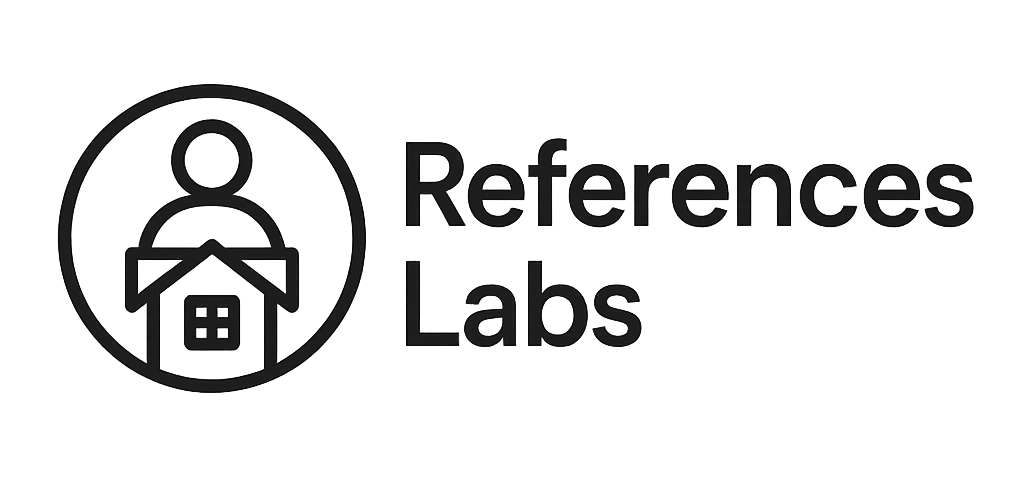Introduction to CoolSculpting
In the quest for achieving a more contoured body, many individuals seek effective and non-invasive solutions to reduce stubborn fat. CoolSculpting has emerged as a renowned option in the realm of non-surgical fat reduction treatments. It offers a promising alternative to traditional surgical methods, providing a solution that requires no incisions or downtime. This article delves into the intricacies of CoolSculpting, examining its mechanisms, benefits, and considerations for those contemplating this treatment.
How CoolSculpting Works
CoolSculpting operates on the principle of cryolipolysis, a process that targets and freezes fat cells beneath the skin. The procedure involves the use of a specialized applicator that cools the targeted area to a temperature that crystallizes fat cells without damaging surrounding tissues. Over time, the crystallized fat cells die and are naturally eliminated by the body’s lymphatic system.
One of the significant advantages of CoolSculpting is its precision. The technology allows for targeted fat reduction, making it ideal for areas such as the abdomen, thighs, and flanks. Patients typically experience a reduction of 20-25% of fat in the treated area after just one session. The gradual elimination of fat cells ensures a natural-looking result, with noticeable changes appearing as early as three weeks post-treatment and optimal results visible after two to three months.
CoolSculpting is particularly appealing due to its non-invasive nature. Unlike liposuction, which requires anesthesia and recovery time, CoolSculpting allows individuals to resume their daily activities immediately after the procedure. The treatment is generally well-tolerated, with most patients experiencing only mild discomfort during the cooling process.
Benefits and Considerations
The popularity of CoolSculpting can be attributed to several key benefits. Firstly, it offers a non-surgical alternative for individuals seeking fat reduction without the risks associated with surgery. The procedure is FDA-approved, ensuring its safety and efficacy for fat reduction in specific areas.
Additionally, CoolSculpting is customizable, allowing practitioners to tailor treatments to suit individual needs and goals. This flexibility is advantageous for targeting multiple areas or focusing on specific problem spots. Moreover, the absence of downtime is a significant draw for those with busy lifestyles, as they can undergo treatment without disrupting their daily routines.
However, potential candidates should consider certain factors before opting for CoolSculpting. It is important to note that this treatment is not a weight-loss solution but rather a method for contouring and reducing localized fat deposits. Ideal candidates are those who are near their target weight but struggle with areas resistant to diet and exercise.
As with any cosmetic procedure, consulting with a qualified practitioner is crucial. They can assess suitability, discuss expected outcomes, and address any concerns. Understanding the limitations and setting realistic expectations will contribute to a satisfactory experience with CoolSculpting.
Conclusion: Is CoolSculpting Right for You?
CoolSculpting presents an exciting opportunity for individuals seeking a non-invasive approach to fat reduction. Its ability to target stubborn fat areas with precision and minimal discomfort makes it a compelling choice for many. However, as with any cosmetic treatment, it is essential to weigh the benefits against personal goals and expectations.
For those considering CoolSculpting, thorough research and consultation with a healthcare professional are vital steps. By understanding the process, benefits, and potential limitations, individuals can make informed decisions about whether CoolSculpting aligns with their body contouring objectives.
Ultimately, CoolSculpting offers a pathway to achieving a more sculpted physique without the need for surgery, providing a valuable option for those looking to enhance their body confidence.






